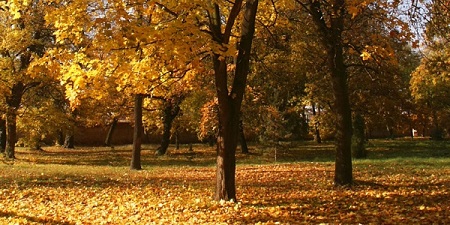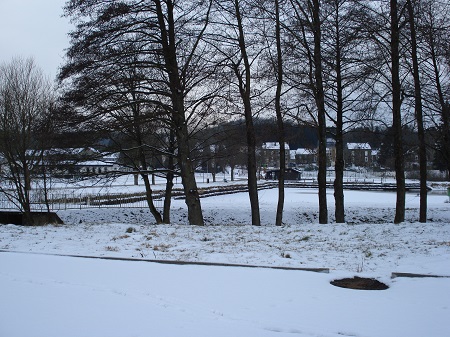| |
As you know, there are four seasons in the year: spring, summer, autumn and winter. Penguin's favourite season was summer, as you may know if you read the free story
Penguin and the Fig Tree. In summer, the beach was full of children, and Penguin could play with them.
What is your favourite season?
Every season has different characteristics, which give them a peculiar charm. Let's find out about them.
Spring represents the rebirth of nature: the tree branches and twigs are covered with green leaves, the flowers bloom in full beauty, and the birds build their nests.
Spring begins with the vernal equinox on March 21st and ends with the summer solstice around June 21st.

Spring landscape
The summer months are the warmest of the year.
This is the ideal season for going on long holidays and for enjoying the delicious fruits that abundantly hang from the trees.
Summer is the period from the summer solstice around June 21st to the autumnal equinox on September 22nd.

Summer landscape
Of the four seasons, autumn is for some people a sad period of the year when the falling leaves carpet the ground and the days become grey, cloudy and shorter.
What a striking sight though, when the green leaves turn into warm colourings before falling from the trees to the ground! Autumn begins with the autumnal equinox and ends with the winter solstice.

Autumn landscape
Though the coldest months of the year, winter enjoys great popularity with those who like going... on skis to the mountains covered with snow.
For everybody, however, winter is a season for exchanging presents and celebrating Christmas and New Year. And is there anybody who does not like Christmas time?
The winter period goes from the winter solstice around December 21st to the vernal equinox on March 21st.
And then the cycle starts all over again!

Winter landscape
The division of the year into four seasons is the result of the Earth moving around the Sun (translation movement). At the equinox, which as we saw happens twice a year, the Sun crosses the celestial equator, and day and night are of equal length.
At the solstice, which also happens twice a year, the Sun reaches either its highest point in the sky at noon (midsummer), and the day is the longest of the year;
or its lowest point (midwinter), and the day is the shortest of the year in the North Hemisphere.
One of the best-known musical works by the great composer Vivaldi is the concerto The Four Seasons.
|
|




